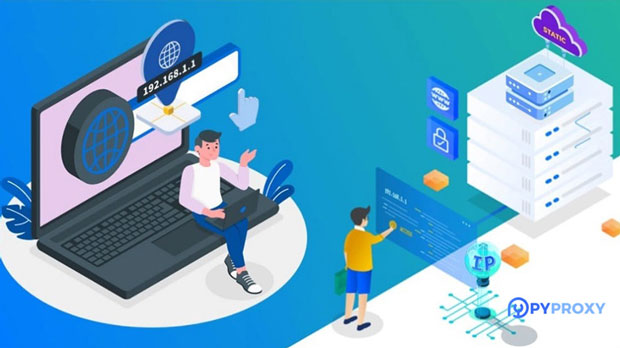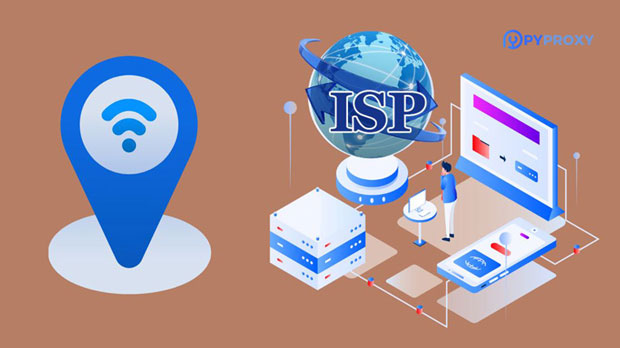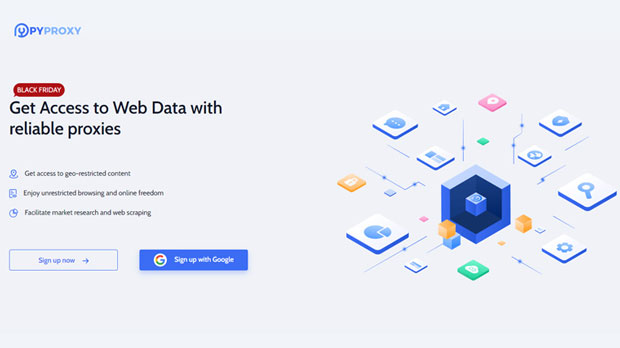How can I improve my organization's network security with the SOCKS5 proxy?
In today’s fast-paced digital world, network security has become a critical concern for businesses of all sizes. Cyber threats, including data breaches, malware, and unauthorized access, are constantly evolving, and businesses must take proactive steps to protect their sensitive data and infrastructure. One effective tool to enhance network security is the socks5 proxy. This advanced proxy protocol offers several benefits, such as improved anonymity, better traffic routing, and increased control over network connections. In this article, we will explore how implementing a SOCKS5 proxy can strengthen corporate network security and provide real-world applications for businesses. What is a SOCKS5 Proxy?A SOCKS5 proxy is a type of internet proxy server that routes network traffic between a user and the destination server. Unlike traditional proxies, which often focus on specific types of traffic like HTTP or HTTPS, socks5 proxies work at a lower level, handling all kinds of network traffic including HTTP, FTP, and peer-to-peer (P2P) protocols. This makes SOCKS5 more versatile and capable of handling complex and varied traffic types.Moreover, SOCKS5 proxies offer enhanced features over their predecessors, including improved authentication methods and the ability to relay both UDP and TCP traffic. These features make SOCKS5 an ideal solution for businesses seeking to improve their network security, particularly when dealing with sensitive operations or when routing traffic through unreliable or insecure networks.Why Should Enterprises Use SOCKS5 Proxy for Security?Enterprises are increasingly adopting SOCKS5 proxies to mitigate security risks. The following are some key reasons why a SOCKS5 proxy can be beneficial for corporate network security:1. Improved Anonymity and PrivacyOne of the main reasons businesses use SOCKS5 proxies is for enhanced anonymity and privacy. By routing all network traffic through a proxy server, companies can obscure their internal IP addresses and geographical locations, making it harder for hackers or unauthorized users to track their activities. This is especially valuable in the case of sensitive operations, where privacy is paramount, such as when dealing with financial data, personal information, or proprietary business data.Using a SOCKS5 proxy can help prevent cybercriminals from targeting the company directly, as the attacker would only be able to identify the proxy server's IP address, not the actual internal network. Furthermore, it prevents websites or malicious actors from gathering sensitive information about a business's network or employees, further safeguarding its infrastructure.2. Traffic Encryption and Protection from Man-in-the-Middle AttacksSOCKS5 proxies also offer enhanced protection against man-in-the-middle (MITM) attacks, where cybercriminals intercept and alter the communication between a business and external entities. This type of attack is particularly dangerous when sensitive data, such as login credentials or financial transactions, is being transmitted over unsecured networks.SOCKS5 proxies, when combined with proper encryption methods, ensure that data transmitted over the network is secured and protected from interception. This encryption is crucial for businesses working with remote employees or operating in regions with unreliable or insecure network infrastructures. By routing data through an encrypted SOCKS5 proxy, businesses can ensure that their sensitive information remains safe from potential hackers.3. Bypassing Geo-Restrictions and FirewallsAnother benefit of using a SOCKS5 proxy is its ability to bypass geo-restrictions and firewalls. In some cases, businesses may need to access content or services that are restricted based on geographical location or network filters. SOCKS5 proxies allow businesses to route their network traffic through servers in different locations, enabling them to bypass these restrictions.For example, when accessing services or data hosted in a different country, using a SOCKS5 proxy can give businesses access to geo-blocked resources. Similarly, SOCKS5 proxies can be used to circumvent corporate firewalls that may be limiting access to critical business applications or external partners, ensuring smoother business operations and increased productivity.4. Network Load Balancing and Performance EnhancementSOCKS5 proxies can also help businesses improve network performance. By distributing traffic across multiple proxy servers, businesses can reduce the load on their primary network connections and ensure better reliability. In case one server goes down, the proxy can reroute traffic to another server, ensuring uninterrupted service.This feature is particularly useful for businesses operating in multiple regions or dealing with high-traffic applications, such as online transactions or cloud services. By ensuring optimal network performance, SOCKS5 proxies not only protect against network downtime but also improve the overall efficiency of corporate operations.5. Access Control and MonitoringUsing SOCKS5 proxies can provide businesses with increased control over network traffic. IT administrators can set up access rules and policies for employees, ensuring that sensitive data is routed through secure channels. This also allows businesses to restrict access to unauthorized websites or services that could present a security risk.Moreover, SOCKS5 proxies allow businesses to monitor network activity in real-time. By logging and analyzing traffic patterns, companies can detect abnormal activities that may indicate security breaches, such as attempts to access unauthorized resources or exfiltrate data. This proactive monitoring enables businesses to respond to potential threats before they escalate.6. Cost-Effective Security SolutionCompared to more complex and expensive security tools, SOCKS5 proxies provide a cost-effective option for improving network security. Many businesses, especially small and medium-sized enterprises, may not have the budget for high-end firewalls or advanced security appliances. SOCKS5 proxies, however, are relatively inexpensive and easy to implement, providing businesses with a practical solution to enhance their network security without breaking the bank.Best Practices for Implementing SOCKS5 Proxy in Corporate NetworksTo maximize the security benefits of a SOCKS5 proxy, businesses should follow best practices when implementing this solution:1. Use Strong Authentication MethodsTo prevent unauthorized access, businesses should configure SOCKS5 proxies to require strong authentication methods. Password-based authentication is a common option, but for better security, businesses can opt for more advanced methods, such as two-factor authentication or certificate-based authentication. This ensures that only authorized users can route traffic through the proxy.2. Combine SOCKS5 with EncryptionWhile SOCKS5 proxies offer anonymity, combining them with encryption protocols (e.g., SSL/TLS) further strengthens security. Encrypting network traffic ensures that even if the data is intercepted, it remains unreadable to malicious actors.3. Regularly Update Proxy Servers and SoftwareTo ensure that proxies remain secure, businesses must regularly update the proxy servers and associated software. This helps patch vulnerabilities and protects against known exploits, reducing the risk of an attacker compromising the network.4. Monitor and Audit Network TrafficContinuous monitoring and auditing of network traffic is essential for identifying unusual activities or potential security breaches. By using the logging and monitoring features of SOCKS5 proxies, businesses can gain insight into their network’s health and security.ConclusionUsing SOCKS5 proxies is an effective strategy for businesses looking to enhance their network security. By offering improved anonymity, traffic encryption, bypassing geo-restrictions, load balancing, and access control, SOCKS5 proxies provide significant protection against various cybersecurity threats. With proper implementation and following best practices, enterprises can use SOCKS5 proxies to safeguard their sensitive data, maintain network performance, and reduce the risk of cyberattacks, ultimately ensuring a secure and efficient network environment.
2025-01-30

























































